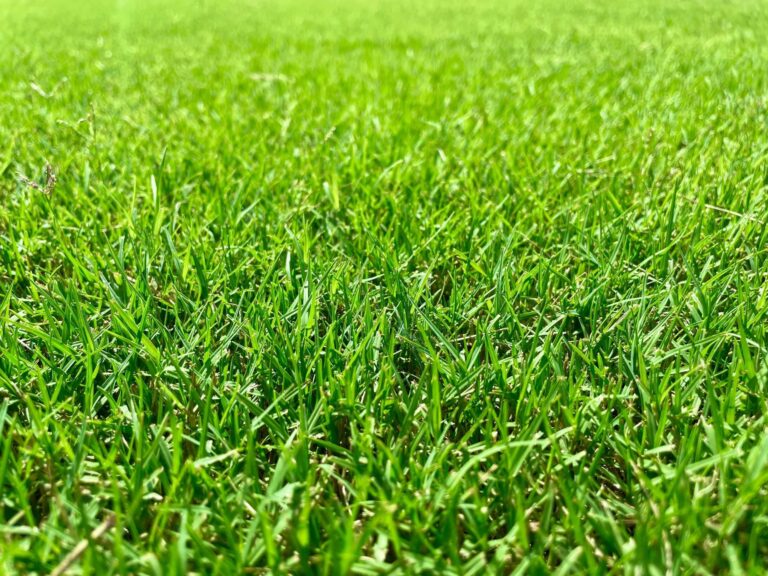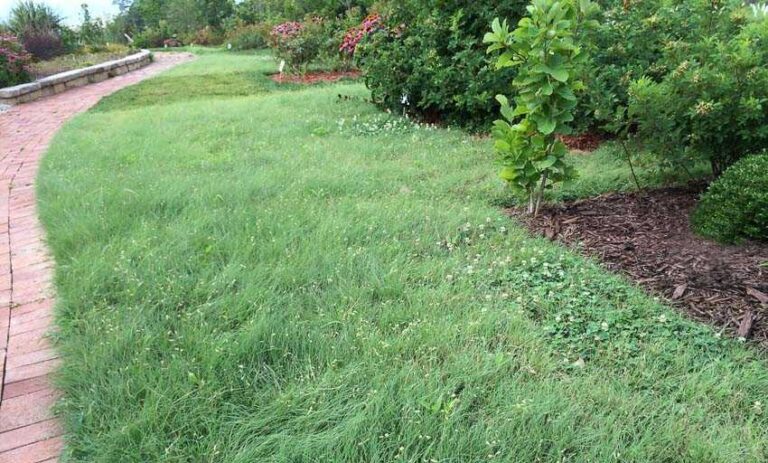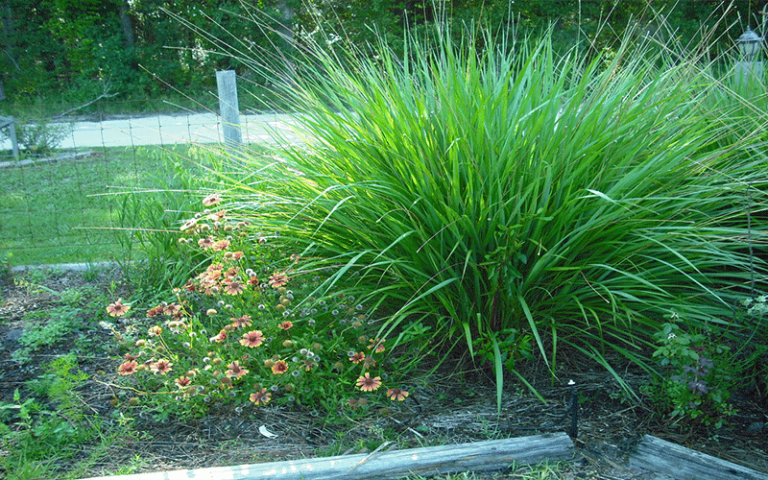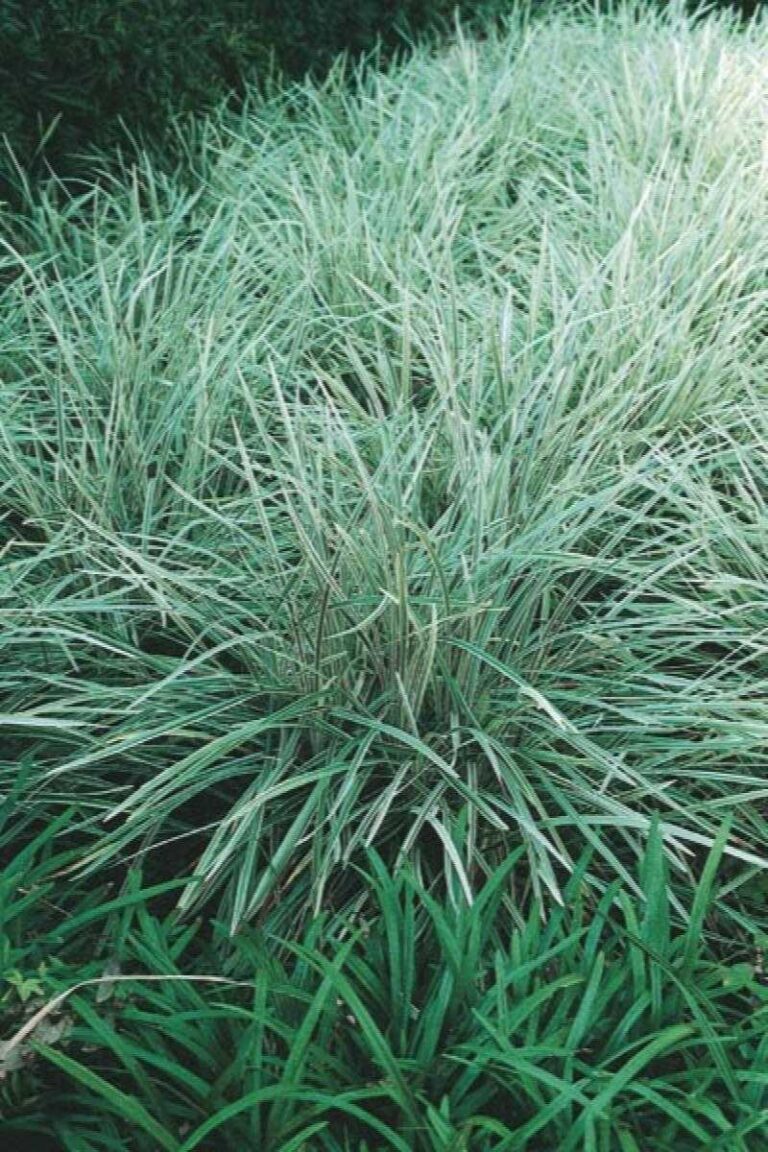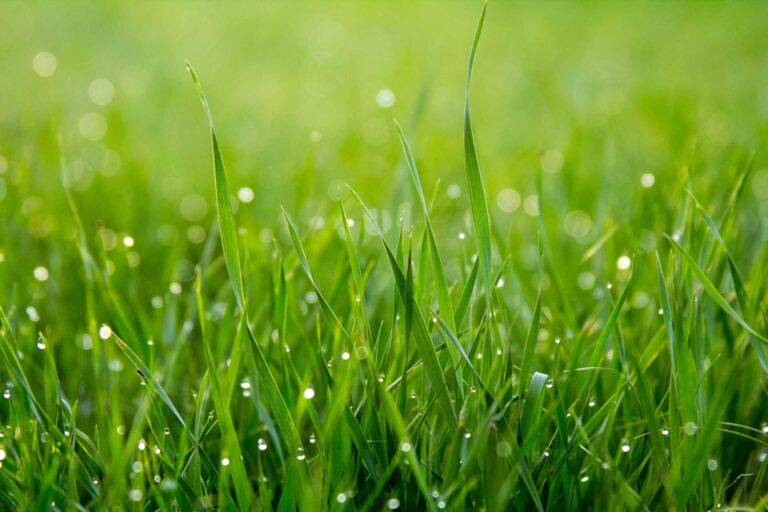What are the Most Common Types of Crabgrass?
Crabgrass, an unwelcome guest in lawns and gardens, is a resilient and tenacious weed that takes many forms. While often regarded as a single, bothersome entity, it encompasses a diverse family of species, each with its own unique characteristics and growth patterns. Understanding these different types of crabgrass is essential for effective weed management and sheds light on the fascinating diversity within this seemingly mundane plant. Below are nine of the most common types of crabgrass:
Different Types of Crabgrass
1. Large Crabgrass (Digitaria sanguinalis)
Large crabgrass, scientifically known as Digitaria sanguinalis, is one of the most prevalent and recognizable types of crabgrass. This invasive weed typically forms dense mats in lawns, gardens, and disturbed areas. Large crabgrass is characterized by its coarse texture and flat, spreading growth habit. It naturally grows 6 to 36 inches tall, making it easily noticeable in lawns.
Identification: Large crabgrass can be recognized by its distinctive seed head, resembling a finger-like structure. The leaves of large crabgrass are flat, have a light green to reddish-purple hue, and are covered with fine hairs on the upper surface. The ligule, a membrane-like structure where the leaf blade meets the stem, is a prominent feature of large crabgrass.
Management: To control large crabgrass, it is essential to implement both preventive and curative measures. Proper lawn care practices, such as regular mowing, fertilization, and watering, can help create conditions that discourage crabgrass growth. Pre-emergent herbicides applied in early spring before crabgrass germination can be effective. Post-emergent herbicides can be used for established crabgrass, but they are more effective when applied during the early stages of growth.
2. Smooth Crabgrass (Digitaria ischaemum)
Smooth crabgrass, or Digitaria ischaemum, is another widespread type of crabgrass that shares many characteristics with large crabgrass but tends to be smaller. Smooth crabgrass is known for its adaptability and ability to thrive in a variety of soil conditions.
Identification: Smooth crabgrass can be distinguished from large crabgrass by its finer texture and smaller seed head. Its leaves are smooth, light green in color, and lack the fine hairs seen on large crabgrass leaves. The ligule of smooth crabgrass is a membranous fringe that can help identify this type of crabgrass.
Management: Effective management of smooth crabgrass involves cultural practices like proper lawn maintenance and the use of pre-emergent herbicides before the weed seeds germinate. Hand-pulling or spot treatments with post-emergent herbicides may also be necessary for control.
3. Southern Crabgrass (Digitaria ciliaris)
Southern crabgrass, scientifically known as Digitaria bicornis, is a warm-season annual grassy weed commonly found in the southern United States and other regions with hot and humid climates. This type of crabgrass is often considered more challenging to control due to its aggressive growth.
Identification: Southern crabgrass is characterized by its sprawling growth habit, with stems that can root at nodes and form dense mats. The leaves, with a distinct blue-green color, are broader than those of other crabgrass species. The seed head of southern crabgrass is also distinctive, featuring multiple branches.
Management: Managing southern crabgrass requires a combination of cultural practices and herbicide applications. Maintaining a thick, healthy lawn through proper watering and fertilization can help suppress crabgrass growth. Apply pre-emergent herbicides before the weed’s germination period in the spring. But you may apply post-emergent herbicides in severe infestations.
4. Tropical Crabgrass (Digitaria bicornis)
As one of the unique types of crabgrass, Tropical crabgrass is known for its aggressive growth and adaptation to tropical and subtropical climates. It is a warm-season annual weed that can quickly overtake lawns and landscapes in regions with hot, humid weather.
Identification: Tropical crabgrass can be identified by its prostrate growth form and long, slender seed heads. The leaves are narrow and have a glossy, dark green appearance. The ligule of tropical crabgrass is a short fringe of hairs.
Management: Controlling tropical crabgrass requires a proactive approach. Like other types of crabgrass, cultural practices like maintaining a healthy lawn and applying pre-emergent herbicides are crucial. In tropical climates, it may be necessary to make multiple herbicide applications throughout the growing season due to the extended warm period that favors crabgrass growth.
5. Creeping Crabgrass (Digitaria radicosa)
Creeping crabgrass is a lesser-known but equally troublesome type of crabgrass that can infiltrate lawns and open areas. It is an annual weed that is particularly adept at spreading horizontally through stolons or above-ground runners.
Identification: Creeping crabgrass gets its name from its creeping growth habit. It sends out long, slender stolons that root at various points along their length, allowing the weed to spread rapidly. The leaves of creeping crabgrass are similar in appearance to other crabgrass types but may have a slightly more delicate texture. The seed head is relatively small and inconspicuous compared to other crabgrass species.
Management: Controlling creeping crabgrass can be challenging due to its ability to spread rapidly. Pre-emergent herbicides are effective when applied before germination. However, if it has already established in your lawn, manual removal or spot treatment with post-emergent herbicides may be necessary. Regular mowing can also help disrupt its growth and prevent it from rooting at multiple points.
6. India Crabgrass (Digitaria abyssinica)
India crabgrass, scientifically known as Digitaria violascens, is a variant of crabgrass that is particularly well-adapted to the Indian subcontinent’s climate and soil conditions. India crabgrass, like other crabgrasses, is an annual weed. It thrives in warm-season conditions, germinating in late spring and flourishing throughout the hot Indian summer. It reproduces primarily by seed, and a single plant can produce thousands of seeds.
Identification: India crabgrass has a distinctive appearance compared to other crabgrass types. It features tall, slender stems reaching several feet in height. The leaves are long and narrow, resembling the foliage of traditional cereal crops. The seed head is composed of finger-like spikes, a characteristic feature of this type of crabgrass.
Management: Unlike the previously mentioned crabgrass species, India crabgrass is typically not considered a weed in the regions where it is grown as a crop. However, if it appears in unwanted areas, it can be controlled through regular mowing, manual removal, or selective herbicides targeting grassy weeds while sparing desirable plants.
7. Dwarf Crabgrass (Digitaria nana)
Dwarf crabgrass, scientifically known as Digitaria nana, is a diminutive but persistent member of the crabgrass family. Like other crabgrasses, dwarf crabgrass is an annual weed. It emerges in the spring and completes its life cycle within a single growing season. However, its smaller size makes it less conspicuous than larger crabgrass species. Unlike the taller types of crabgrass, Dwarf crabgrass often grows in patches or clumps, making it less noticeable. Nonetheless, it can be just as troublesome as its larger counterparts despite its smaller stature.
Identification: Dwarf crabgrass stands out due to its compact size, with stems typically reaching only a few inches in height. This crabgrass variant boasts narrow, short leaves, often with fine hairs, giving them a slightly fuzzy appearance. The leaves can vary in color, ranging from light green to purplish green.
Management: Control of dwarf crabgrass involves similar strategies as for other types of crabgrass. Regular mowing, maintaining a healthy lawn, and using pre-emergent herbicides can help prevent its establishment. Hand-pulling or spot treatment with post-emergent herbicides can also effectively manage small infestations of dwarf crabgrass. Despite its size, it’s essential to address this weed promptly to prevent it from spreading and competing with desirable plants.
8. Hairy Crabgrass (Digitaria sanguinalis var. filiformis)
Hairy crabgrass, scientifically classified as Digitaria sanguinalis var. filiformis, is a notable subspecies within the crabgrass family due to its unique characteristics and appearance. Like other types of crabgrass, hairy crabgrass is an annual weed that follows a typical life cycle. Its ability to blend in with other grasses and vegetation makes it challenging to identify, particularly when young.
Identification: Hairy crabgrass earns its name from the fine hairs covering its stems and leaves. When touched, these tiny hairs give it a rough texture, distinguishing it from other crabgrass types. The leaves are typically wider than those of smooth crabgrass but narrower than large crabgrass, featuring a dark green color.
Management: Effectively managing hairy crabgrass involves similar strategies to those employed for other crabgrass types. Maintaining a thick, healthy turf or garden through proper lawn care practices can deter its growth. The timely application of pre-emergent herbicides in the early spring can prevent its germination, while post-emergent herbicides may be necessary to control established plants. Due to its fine hair and texture, it’s advisable to wear protective gloves when handling hairy crabgrass to avoid skin irritation caused by the hair.
9. Asian Crabgrass (Digitaria bicornis)
Asian crabgrass, scientifically known as Digitaria bicornis, is a type of crabgrass that originates from Asia but has spread to various parts of the world. It is an annual weed that, like other crabgrasses, can become a troublesome invader in lawns and gardens. This crabgrass type thrives in well-drained soils and warm climates and is often a formidable weed due to its ability to adapt to various soil types and growing conditions.
Identification: Asian crabgrass is characterized by its slender, wiry stems and narrow leaves. The leaves are typically light green and have a distinctive folded or V-shaped appearance. This unique feature sets it apart from other crabgrass species. It can grow up to 24 inches tall and produces seeds prolifically, contributing to its persistence and spread.
Management: Controlling Asian crabgrass involves implementing similar strategies to other crabgrass species. Regular mowing at the appropriate height, overseeding with desirable grasses, and proper watering can help deter its growth. The use of pre-emergent herbicides in early spring can prevent its germination, while post-emergent herbicides may be necessary for established plants.
The Bottom Line
Understanding the various types of crabgrass and other grassy weeds is essential for effective lawn and garden maintenance. Each type of crabgrass and related grass species has its own unique characteristics and management requirements. Whether dealing with creeping crabgrass, dwarf crabgrass, or other grassy invaders, the right control methods and lawn care practices are key to maintaining a healthy and weed-free outdoor space. Remember that proper identification is the first step towards successful weed management, allowing you to tailor your approach to the grassy weed you face.

